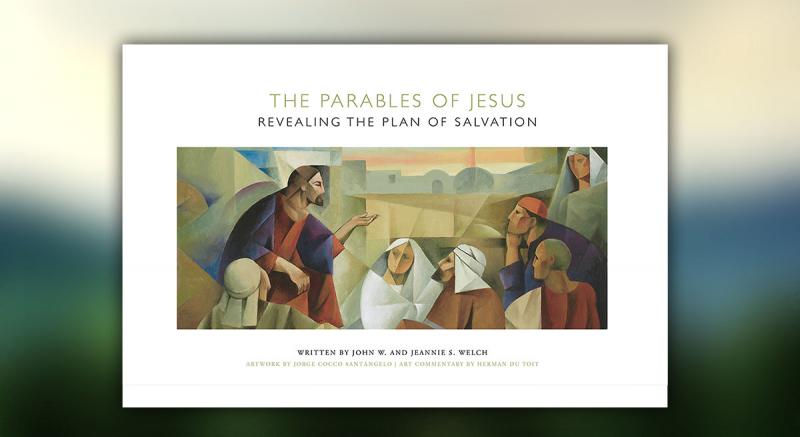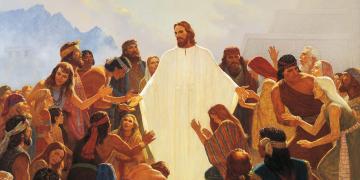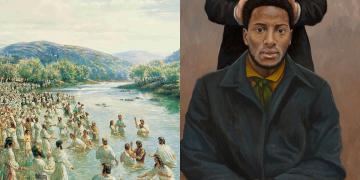You are here
Book Review: John and Jeannie Welch unlock the mysteries of the Parables of Jesus
Some of the Savior’s most memorable teachings, as recorded in the gospels, were given as parables. These simple stories were effective teaching tools because of how they made gospel principles relatable to first century Galilean farmers, and they remain beloved today, nearly 2000 years later, precisely because stories like the Prodigal Son or the Good Samaritan continue to resonate with the lived experience of people everywhere.
But the Savior himself indicated that these stories were meant to teach more than just simple truths. When his disciples asked why he taught in parables, Jesus indicated that parables allowed him to teach “the mysteries of the kingdom of heaven” in a way that appropriately reveals only what people are prepared to hear (Matthew 13:11–16).
In their new book The Parables of Jesus: Revealing the Plan of Salvation, authors John W. and Jeannie S. Welch propose that the “mysteries” alluded to by the parables are the various elements of the Plan of Salvation. Thus, the parable of the father’s two sons (Matthew 21:28–32) represents the pre-mortal council, the parable of the sower represents the varieties of mortal experience (Matthew 13:3–9, 18–23), and the wheat and the tares represent the need for opposition in all things (Matthew 13:36–41; cf. 2 Nephi 2:11). Altogether, the Welches present 21 different parables and stories Jesus told as a comprehensive representation of the Plan of Salvation, with the Good Samaritan standing as a sweeping overview of the entire plan.
In each chapter, the setting and context of the parable is described, followed by the full quotation of the text, with commentary discussing how the parable relates to the Plan of Salvation. Then, a specially commissioned painting of each parable by Jorge Cocco Santángelo is presented, with commentary by art critic Herman du Toit. The combination of insightful scriptural commentary with stunning visual portrayals brings life and greater spiritual power to each parable.
Overall, The Parables of Jesus provides a visually attractive and richly illustrated reading experience perfect for both individuals who want to dive deeper into the scriptures, and families with young children who are learning these stories for the first time.
The Parables of Jesus can be purchased at Latter-day Saint bookstores, or online at Amazon.com. Neither the authors, nor the artist are collecting royalties for this volume. Instead, they are being donated to four non-profit organizations, including Book of Mormon Central. The others are the BYU New Testament Commentary, BYU Studies, and Alliance of Covenant Artists (a coalition of Latter-day Saint artists).
Related Articles
Subscribe
Get the latest updates on Book of Mormon topics and research for free










